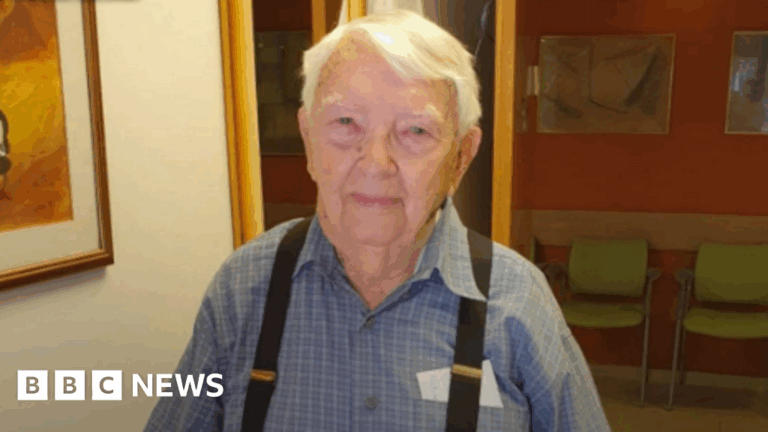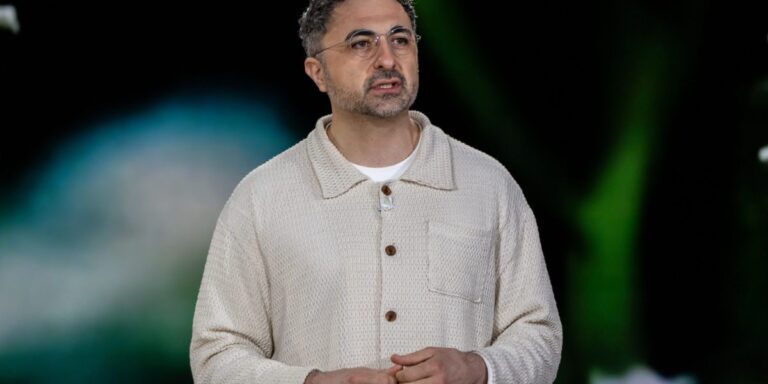The Thermal Master P3 has quietly emerged as one of the most promising compact heat-seeking cameras of 2025, managing to pack professional-level performance into a thumb-sized device. And there’s a reason for the praise.
Designed to plug directly into a smartphone or PC, the P3’s aluminum alloy body is sleek and sturdy, with the design definitely reflecting Thermal Master’s aim for both portability and quality. Measuring around 2.3 × 1.1 × 0.7 inches (59 × 27 × 17 mm) and weighing just over 0.9 ounces (about 26 g), it’s light enough to carry around in your pocket – though it comes in a snug zip-up case to keep it a little more protected without adding too much bulk.
While this camera is designed as a tool for macro work on printed circuit boards (PCB), which I have to admit is not my area of expertise – it does what it promises, able to home in on and focus on individual chips or traces on a board. It can also handle longer distances for heating, ventilation and air-conditioning (HVAC) and building applications, though the best focus is achieved by doing close-up inspections.
The 8-mm manual focusing lens has a resolution of 256 × 192 pixels, which can be enhanced to simulate 512 × 384 pixels. However, this upscaling might come with a bit of a trade-off, depending on the device you’ve attached it to – potentially delivering some lag and lower frame rates (my iPhone 11 was not the best, but the P3 still coped well with my seemingly ancient Apple brick).
In terms of thermal perception, the P3 can measure temperatures of around -4 °F up to 1,112 °F (-20 °C to 600 °C) with a good margin of error of just a degree or two. This sensitivity makes it comparable to more expensive handheld imagers, but it has a lot more flexibility with app features – different color palettes, rotation, manual focus ring that’s easy to adjust while using – that makes it an impressive tool in such a small package.

New Atlas
The accompanying app takes a little bit of experimenting with to get used to, but has a range of functions that bely the size of the hardware and ease with which it connects to a smartphone. While it works as a point-and-shoot camera, it can also measure certain points, take averages of a circle, track temperature in a line of your choosing and switch up the colors if needed (though the classic default palette is probably the best for general use).
One handy feature is its versatility. It’s compatible with PCs, iPads and pretty much all iOS/Android devices, though you’ll need to make sure – especially with the USB-C connection – that you don’t have a bulky case that restricts any access to the connection port. I was using the lightning add-on (because of my aforementioned ancient Apple brick), which meant there was no obstruction to the port.

Perhaps a negative here would be that you’re largely restricted to hand-held inspections. So if you want to work while using the camera, you’ll need some sort of phone mount to free up your hands. Zooming in will also mean the image might not be as steady as you’d like.
At the end of the day, though, there isn’t a lot to criticize about the P3. Its portability, precise manual focus and solid thermal performance make it ideal for technicians, engineers and DIY users who want a capable inspection tool without carrying a bulky handheld – and more expensive – imaging gadget. Also, it’s powered by the phone or device’s battery, so be aware that it does drain extra power from your device.

New Atlas
Overall, the Thermal Master P3 bridges a gap between consumer convenience and professional-grade functionality. While it won’t replace high-end industrial imaging tools, it’s around a third of the size and cost, and is capable of delivering much of the same intel. Whether you want to use it to track heat leaks, work on electronics or just have fun with it to visualize the otherwise invisible, this tiny tech wonder is a practical and impressively capable thermal camera for its price.
The Thermal Master P3 is available now for US$279 (30% off its usual $399 price tag), and the company offers free shipping, a two-year warranty and lifetime tech support. It’s worth noting that the app is free and requires very little device setup (no accounts, and will connect when the P3 is plugged into the port).
Product page: Thermal Master
New Atlas may receive a commission from purchases made via links; this does not influence our review. Our reviews are impartial and our opinions are our own.


















